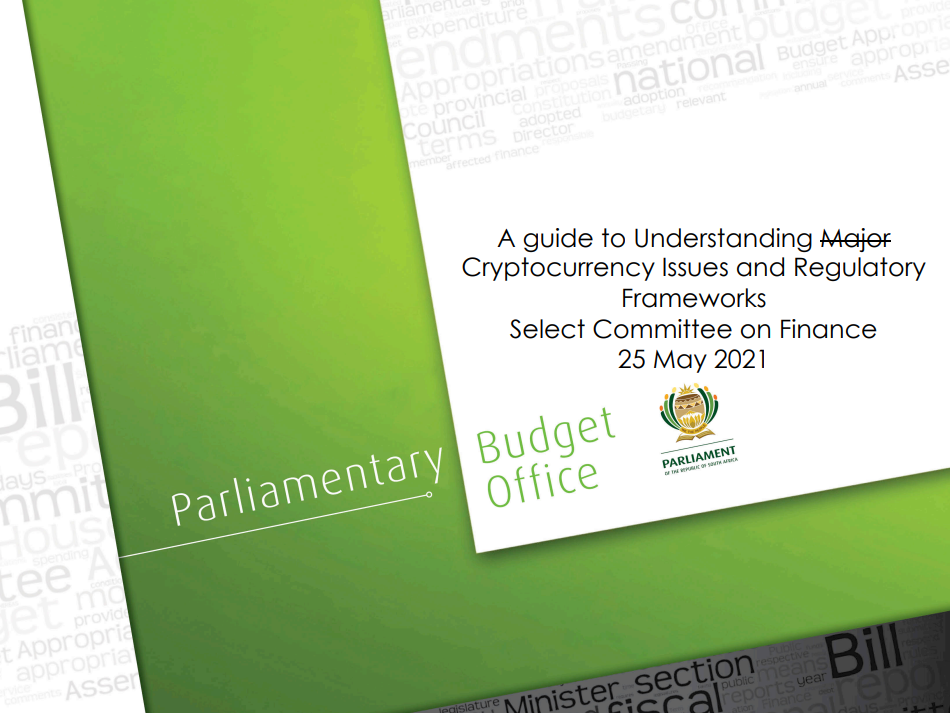
Introduction
• Cryptocurrency is a form of digital money, not a mainstream
currency. Those who advocate for its use, often reflect on a list
benefits related to cryptos. Equally, there are significant risks cited by
sceptics
• Cryptos are a type of digital asset. As a digital currency, it uses a
highly sophisticated type of encryption called cryptography to
secure and verify transactions as well as to control the creation of
new units of currency
• Cryptocurrency terminology includes, Digital currency, Virtual
commodity, Crypto token Payment token, Cyber currency, Electronic
currency
• Cryptocurrencies have enjoyed an exponential rise in popularity over
the past decade
• With increased interests from retail investors, regulators around the
world have grappled with the challenges associated with the
regulation of cryptocurrencies
• Cryptocurrency is enabled by Blockchain technologies
• Blockchain is a special kind of database, which refers to
the whole network of distributed ledger technologies
• A ledger is “a book or other collection of financial
accounts of a particular type.” It can be a computer file
that records transactions. A ledger is actually the
foundation of accounting and is as old as writing and
money
• Blockchain aims to eliminate data tampering because of
the way it tracks and stores data
• Blockchain creates trust in the data presented, therefore
centralized third parties are not necessary
• Other common uses of blockchain include: payments,
voting, supply chain monitoring, identity verification,
healthcare, entertainment, energy, internet of things
A guide to Understanding Major Cryptocurrency Issues and Regulatory Frameworks




